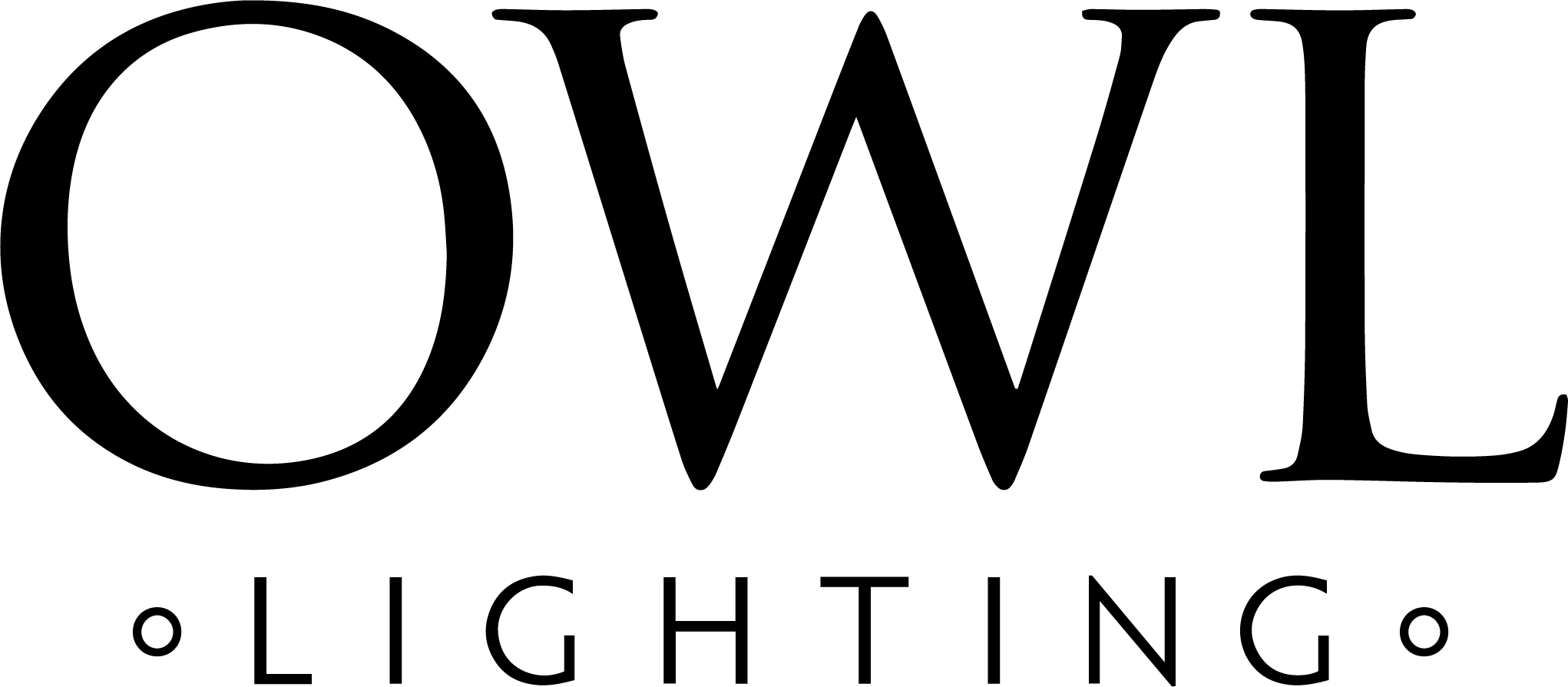How we work
Lighting design is therefore about interaction with every object and surface and the subsequent reflections and refractions thereafter.
The residential lighting design process is similar. The lighting designer interacts with the client and all of the other designers on the project in order to enhance the lit result of all of their work
Starting the project
This happens by bringing together a range of elements – the architecture, the people, the interiors and the functions of the spaces – into something like a vision of how that space should look and feel.
A variety of constraints – for example building fabric, listing, location, budget, timescale - are then placed around that vision to develop a practical concept that will work for the project.
Owl likes to meet with the client, designers and survey the building (if existing) or review the drawings (if not) before developing some ideas – mood boards typically - that will feed into an initial design.
First Ideas
The initial design is laid out on a 2D CAD underlay from the architect, interior or garden designer. There is little detail at this stage.
Most of the scheme is illustrated with photographs of other projects to illustrate the feel of what is intended.
Developing the design
As more information becomes available – kitchens, bathrooms, joinery, art, special features – the lighting scheme develops.
A process of revision accommodates the architectural and interior details as well as conversations with the clients on their preferences.
Detailing
As the design develops it also needs to be detailed. The circuits by which the fittings will be switched is added, along with all the code references for the different fittings.
The selection of switches, dimmers and if appropriate, lighting controls, is necessary to allow the circuiting to be done well.
Other elements – such as coves and joinery integration – are all part of a well detailed design.
Decorative
At this stage the Decorative lighting layer should be moving forward with the client and/or interior designer.
Decorative lighting is generally considered that which self-illuminates, but may not contribute a large amount to the overall light level.
However, LED technology has created much more potential for this lighting to integrate and perform similarly to architectural lighting.
We now treat the decorative lighting as more than an exercise of the client’s taste.
Bespoke
As part of the decorative layer there can be the need to add a feature light – sometimes a bespoke fitting is necessary to do the space justice.
Specification
The detailing of a project is rooted in the specification of fittings and controls. The fittings are an integral part of the design and so will have been thought about all along.
However as the detail design develops the decisions of light quality, beam angle, power, dimming types and glare control all have to be firmed up into the final design specification.
Good product selection is a critical part of any scheme
Scheduling
An unheralded part of the process, but important nonetheless. There are circuit schedules for the electricians to plan their wiring and luminaire schedules to assist in buying the correct fittings.
There are also switch schedules for lights and dimming and if there are lighting controls, there will be a scene setting schedule as well.
Garden lighting has long cable distances and so plans and schedules are needed to plan cable runs and driver box locations.
Landscape lighting
Exterior house lighting, garden lighting and more extensive landscape lighting are all likely to play a part in a larger project.
There are requirements governing ducting, cable layouts, switching and routing that have changed with LED technology taking over from halogen and metal halide.
‘Dark Sky’ environments and outside lighting in general must be sustainable and sensitive to its potential to disturb natural habitats. The ‘less is more’ principle to exterior lighting requires a more nuanced approach to what is lit and what is not.
Contact
Please email or call on 01962 738689 if you would like to discuss a project with us.
Visits to the showroom are by appointment only.
